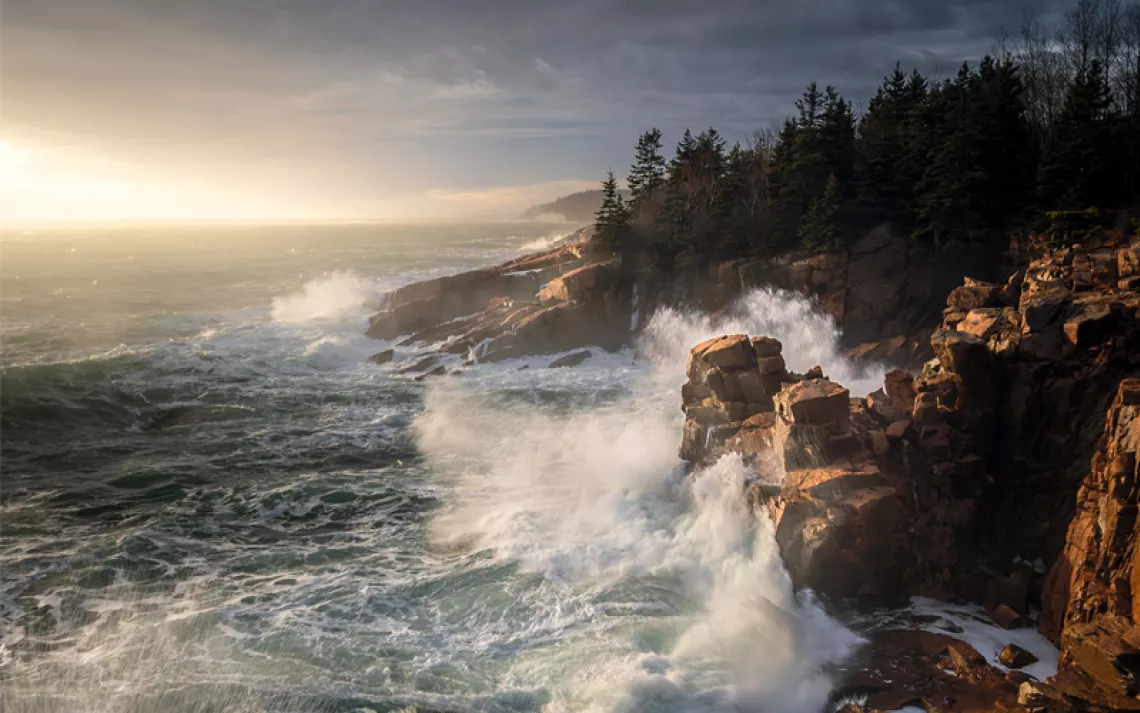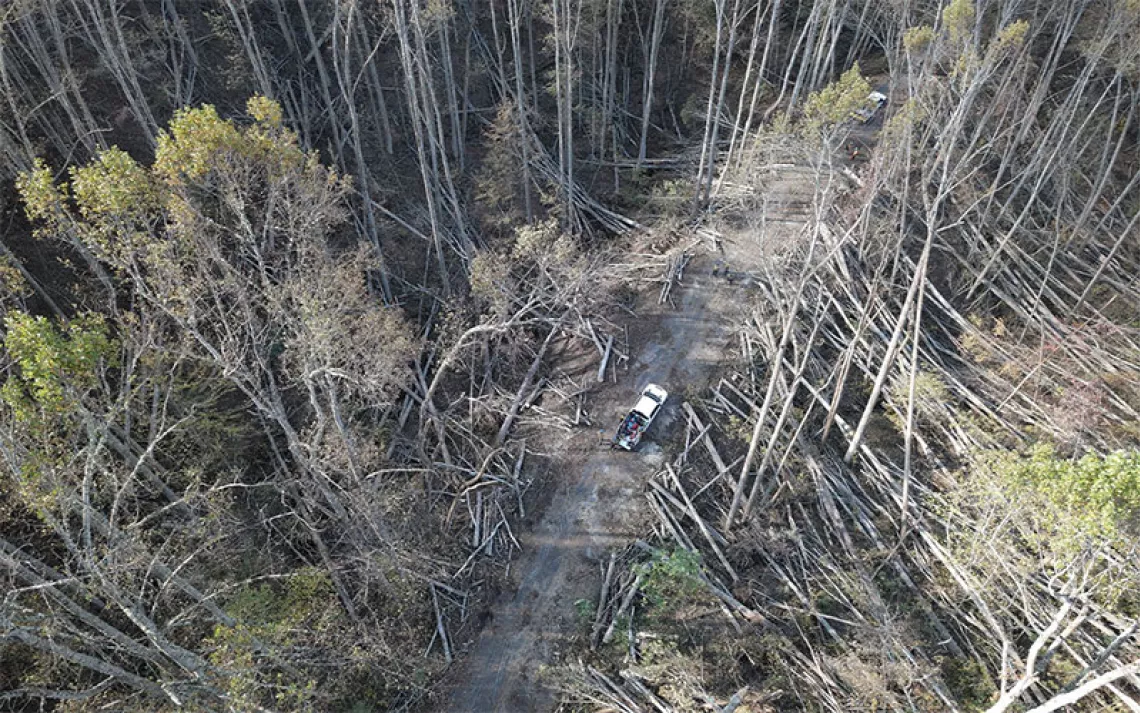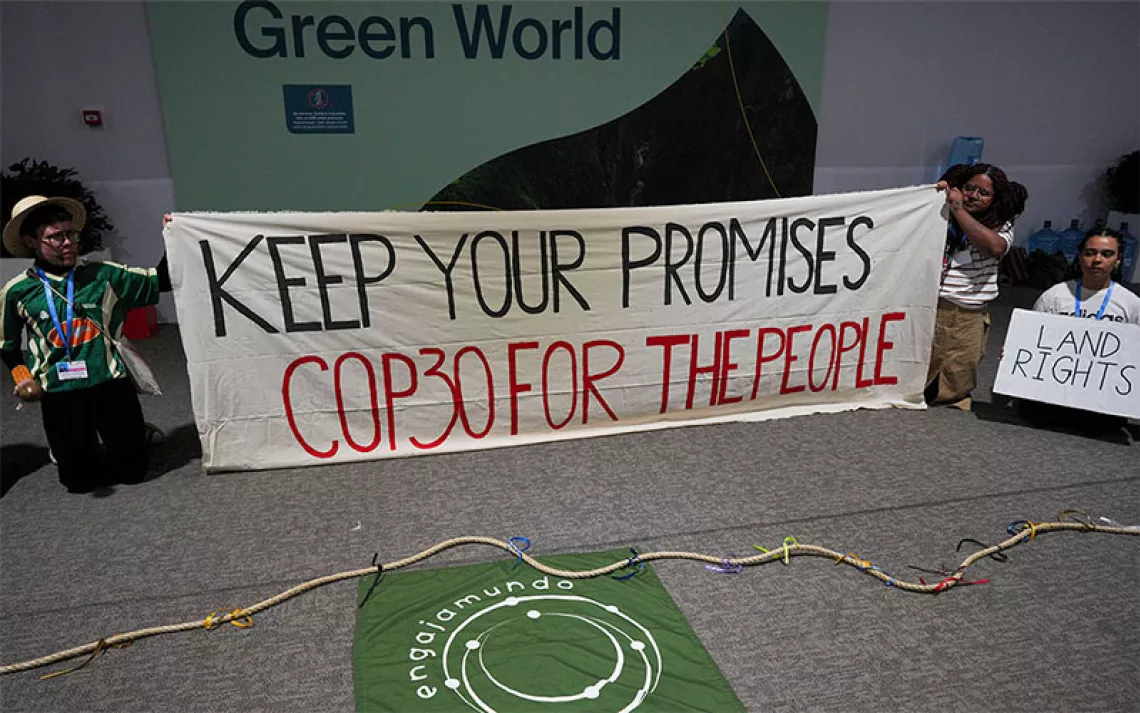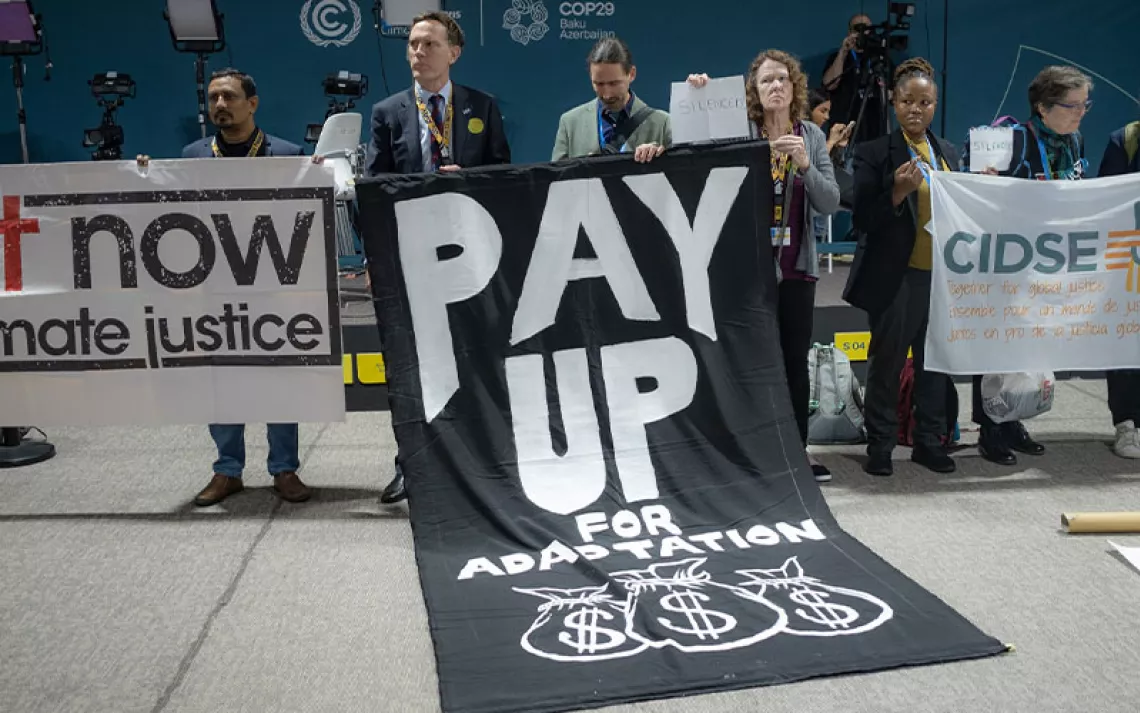The Scorching Truth About Extreme Heat
Broiling temperatures should be a wake-up call to act on climate change
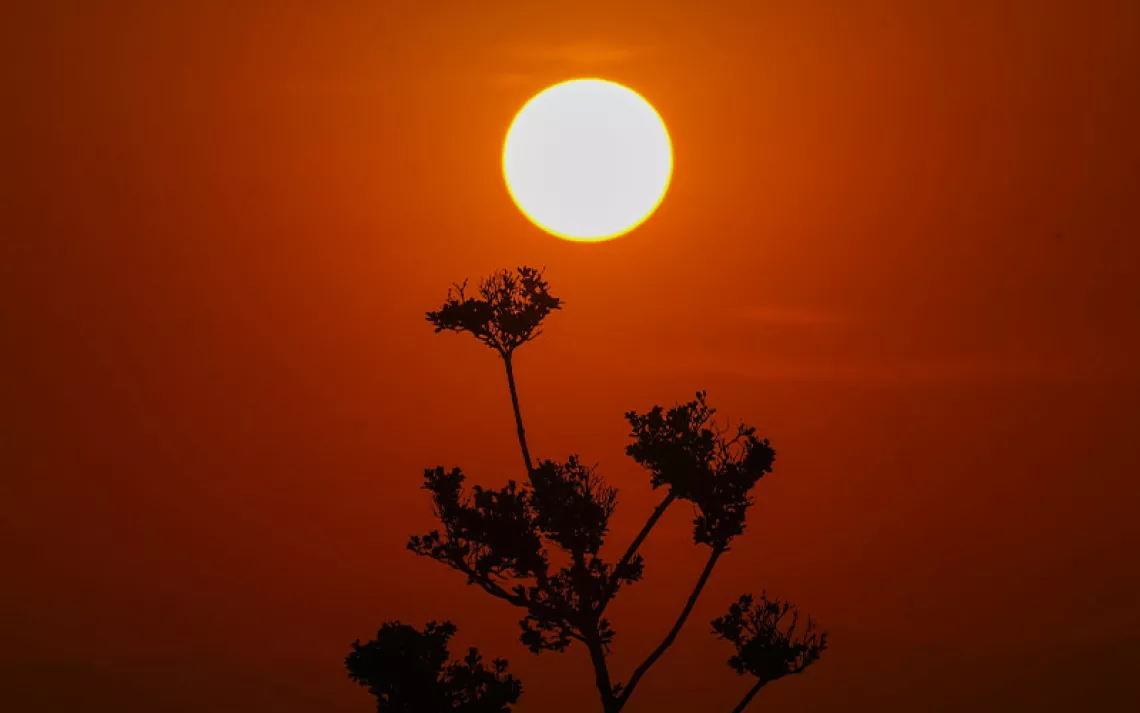
Mexico City on May 23, 2024. Extreme heat in Mexico, Central America, and parts of the US South has left millions of people in sweltering temperatures, strained energy grids, and resulted in howler monkeys dropping dead from trees. | Photo by AP Photo/Marco Ugarte
Are you one of the more than 100 million Americans who live somewhere that was (or still is) under a heat advisory?
As I write these words, the mercury is soaring. The world is reeling from the deadly impact of extreme heat and weather events. This is climate change in action. We are living it. And the thermometer-busting temperatures are just the tip of the (melting) iceberg.
Jocelyn Richards of Manassas, Virginia, is currently staying in Maine to escape the summer heat in the South. She suffers from chronic inflammatory response syndrome (CIRS) from past exposure to mold. Heat is a major trigger for her due to mast cell activation syndrome (MCAS), a common component of CIRS.
Richards says, “Not only is the heat itself a major trigger, but heat releases VOCs [volatile organic compounds] from asphalt. It becomes unbearable to even take a walk outside or run errands because it’s so difficult to breathe from the VOCs in the air. Along with other MCAS symptoms triggered by the heat like tachycardia, high blood pressure, and dizziness, it can quickly turn into a medical emergency if I’m out in the extreme heat for even half an hour.”
Richards is looking for a permanent place to reside with milder temperatures and lower levels of the environmental toxins that also trigger her illness. And stories like hers are increasingly common.
A host of illnesses are caused or dangerously exacerbated by extreme heat. Air quality is generally worse during periods of extreme heat. Ground-level ozone—the main component in smog—presents one such threat. It is produced when pollutants, like those from burning fossil fuels, react with heat and sunlight. The stagnant, hot air during heat waves worsens ozone pollution.
The infamous 2022 summer heat wave in Europe is now thought to be responsible for up to 70,000 excess deaths, with ozone pollution playing a big part. Julie Nicely, an atmospheric chemist at the University of Maryland who worked on a report on the 2022 heat wave, noted the mix of conditions created by such a heat wave “is very bad for the lungs and the cardiovascular system. It's just very unhealthy.”
Then there is the smoke from wildfires. In addition to the destruction they cause, wildfires are making it harder for millions of Americans to breathe. It is a problem that is getting worse with longer, hotter fire seasons—another feature of climate change. The still-burning Post Fire northwest of Los Angeles is just the most recent high-profile fire in California to get national attention. And wildfire smoke has now become an issue for even more parts of the country.
At one point last summer, Chicago officially had the worst air quality in the world. Other major American cities across the Midwest and East Coast were similarly impacted, as smoke pollution from Canadian wildfires poured over the continent. The threat of a repeat this summer is still there. Wildfires in Canada are raging, and experts say the 2024 season still could be as bad as or worse than last year’s.
In places where the wildfires occur, once the flames subside, flooding becomes a threat. According to the National Oceanic and Atmospheric Administration (NOAA), the removal of trees and shrubs increases the speed and volume of runoff, and hot fires can “create a water-repellent layer of topsoil, which further amplifies runoff volume and speed,” increasing the risk of flash floods.
The heat itself dries out the ground and makes water absorption more difficult, which creates a threat of flash floods. And as the National Institute of Environmental Health Sciences points out, “Warmer air holds more moisture, resulting in heavy rainfall, snowstorms, and flooding.” And “warming seawater can fuel stronger, more destructive hurricanes.” NOAA predicts an 85 percent chance of an above-normal hurricane season this year.
Beyond the threat of hurricanes along our eastern and southern coasts, inland storms are a growing threat for more and more Americans. The regions impacted by serious tornados are expanding. And once-rare derechos, another kind of incredibly destructive windstorm, are becoming more frequent.
Sadly, the list goes on. Around the world, threats from increasing temperatures include rising sea levels, food insecurity from the loss of land suitable for crop cultivation, increased risk of infectious disease outbreaks and another pandemic like Covid-19, and the extinction of pollinators that sustain the natural life cycles on which we all depend.
Although the situation is dire, we cannot give in to despair.
We must invest in climate-resilient infrastructure and support communities most affected by climate change. The more than $1 billion investment by the Biden-Harris administration to expand shade-producing and air-cleaning tree canopies in cities across the country is one example. I was recently in Michigan with Department of Agriculture Undersecretary Homer Wilkes to promote the many benefits of the urban forestry initiative in that state.
At the end of the day, though, when it comes to the cascade of devastation caused by rising temperatures, there can be no substitute for tackling the climate crisis head on. First and foremost, that means hastening our transition from an economy that runs on fossil fuels to one powered by clean, renewable energy. The extreme heat and weather events we are experiencing are not only a wake-up call. They are an immediate call to action to redouble our efforts toward that transition.
 The Magazine of The Sierra Club
The Magazine of The Sierra Club
